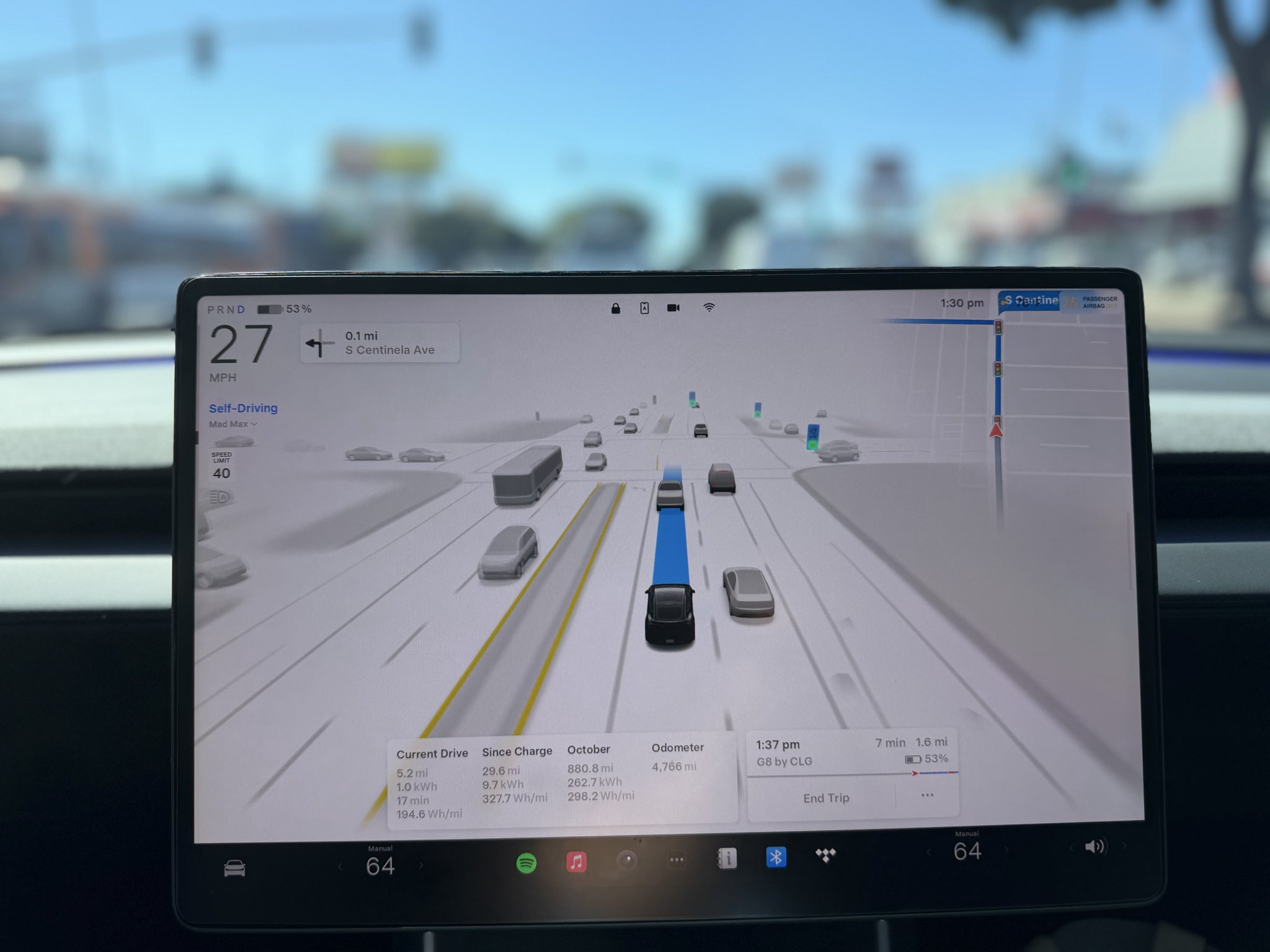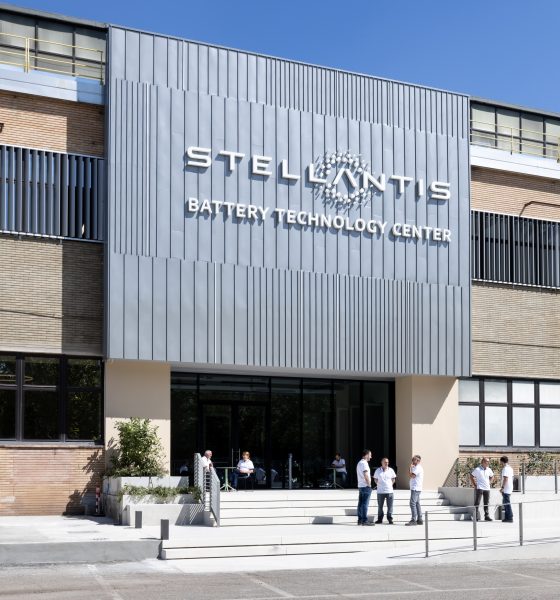The United Automotive Workers (UAW) has been threatening strikes at major plants run by multinational automaker Stellantis, and recent statements made by dealerships are echoing some of the union’s attacks on the company and CEO Carlos Tavares.
Many dealers joined the UAW in claiming that Tavares was mismanaging the U.S. arm of the Dodge-Chrysler parent company, causing increased inventory, job cuts, and broken promises to reopen an Illinois factory, as detailed in a report from Automotive News. Dealer groups claim that “reckless short-term decision-making to secure record profits in 2023” made them “anemic and diminished,”as market share has continued to decrease for the vehicle makers.
We’re done waiting around for Stellantis to do the right thing. We’re taking action. And we intend to fight like hell to make this company keep their promise. pic.twitter.com/1fNnWmZ8ed
— UAW (@UAW) September 17, 2024
Florida, Michigan, and Ohio dealership owner Ralph Mahalak Jr. says Stellantis needs to establish higher incentive programs to help drive inventory down, echoing details included in at least two letters sent by the Stellantis National Dealer Council to Tavares since May. He also highlights how unprecedented the situation is for the automotive industry.
“We’ve never seen this before,” Mahalak said in a statement to Automotive News. “We don’t understand what’s going on. And how did we get in this predicament? How can, basically, Carlos Tavares have the shareholders mad at them, suppliers mad at them, the dealers mad at them?”
He also says that high interest rates have only exacerbated issues with inventory, noting that this time feels less stable than ever for his business. As Stellantis and much of the industry has attempted to transition to electric vehicles (EVs), the high costs and low early returns on the new tech have increased business concerns for dealers like Mahalak.
“I’ve never felt less in control of my business than I do today,” Mahalak adds. “I felt more in control of my business during the financial crisis. I felt more in control of my business during the microchip car shortage deal a few years ago, during COVID.”
Steven Wolf, owner of Helfman Dodge-Chrysler-Jeep-Ram-Fiat and Helfman Maserati of Houston, also echoed some of Mahalak’s arguments that incentive programs could help mend inventory woes.
“We’ve got to get through our current problem of too much inventory before we can start looking at ordering again,” Wolf said. “We’ve got to get the sales rate up until we can eat through this overage inventory, and then we can blow out a bunch of cars in 60 or 90 days, and we can get back to ordering normal again.”
The dealer council has also highlighted continued production needs, despite currently high levels of inventory, as a key part of increasing the automaker’s U.S. market share.
“It’s time to turn production back on and start selling our way back to a respectable market share,” the council said in a letter to Tavares dated September 10.
Following the initial letter, Tavares met with council leaders in Detroit, later hosting a follow-up phone call on September 12 after the council’s second letter.
In recent weeks, the UAW has been threatening multiple strikes at U.S. plants operated by Stellantis, due to allegations of labor issues and the failure of the company to hold up contract promises of reopening the retired factory in Belvidere, Illinois. Last Monday, the union officially submitted a federal filing claiming unfair labor practices at Stellantis, due to the alleged breach of a contract agreed upon following the 2023 strikes.
UAW President Shawn Fain said in a livestream last week that Stellantis was “violating its commitment to America,” with its recent mismanagement.
“[Fain] continues to willfully damage the reputation of the company with his public attacks, which is helpful to no one, including his members,” Stellantis said in a statement responding to the UAW President. “We would all be better served if these issues were addressed across the table with productive, respectful, and forward-looking dialogue. A strike does not benefit anyone.”
Stellantis rejects request to buy back Chrysler & Dodge brands
What are your thoughts? Let me know at zach@teslarati.com, find me on X at @zacharyvisconti, or send us tips at tips@teslarati.com.

News
Tesla FSD Supervised ride-alongs in Europe begin in Italy, France, and Germany
The program allows the public to hop in as a non-driving observer to witness FSD navigate urban streets firsthand.

Tesla has kicked off passenger ride-alongs for Full Self-Driving (Supervised) in Italy, France and Germany. The program allows the public to hop in as a non-driving observer to witness FSD navigate urban streets firsthand.
The program, detailed on Tesla’s event pages, arrives ahead of a potential early 2026 Dutch regulatory approval that could unlock a potential EU-wide rollout for FSD.
Hands-Off Demos
Tesla’s ride-along invites participants to “ride along in the passenger seat to experience how it handles real-world traffic & the most stressful parts of daily driving, making the roads safer for all,” as per the company’s announcement on X through its official Tesla Europe & Middle East account.
Sign-ups via localized pages offer free slots through December, with Tesla teams piloting vehicles through city streets, roundabouts and highways.
“Be one of the first to experience Full Self-Driving (Supervised) from the passenger seat. Our team will take you along as a passenger and show you how Full Self-Driving (Supervised) works under real-world road conditions,” Tesla wrote. “Discover how it reacts to live traffic and masters the most stressful parts of driving to make the roads safer for you and others. Come join us to learn how we are moving closer to a fully autonomous future.”
Building trust towards an FSD Unsupervised rollout
Tesla’s FSD (Supervised) ride-alongs could be an effective tool to build trust and get regular car buyers and commuters used to the idea of vehicles driving themselves. By seating riders shotgun, Tesla could provide participants with a front row seat to the bleeding edge of consumer-grade driverless systems.
FSD (Supervised) has already been rolled out to several countries, such as the United States, Canada, Australia, New Zealand, and partially in China. So far, FSD (Supervised) has been received positively by drivers, as it really makes driving tasks and long trips significantly easier and more pleasant.
FSD is a key safety feature as well, which became all too evident when a Tesla driving on FSD was hit by what seemed to be a meteorite in Australia. The vehicle moved safely despite the impact, though the same would likely not be true had the car been driven manually.
News
Swedish union rep pissed that Tesla is working around a postal blockade they started
Tesla Sweden is now using dozens of private residences as a way to obtain license plates for its vehicles.

Two years into their postal blockade, Swedish unions are outraged that Tesla is still able to provide its customers’ vehicles with valid plates through various clever workarounds.
Seko chairman Gabriella Lavecchia called it “embarrassing” that the world’s largest EV maker, owned by CEO Elon Musk, refuses to simply roll over and accept the unions’ demands.
Unions shocked Tesla won’t just roll over and surrender
The postal unions’ blockade began in November 2023 when Seko and IF Metall-linked unions stopped all mail to Tesla sites to force a collective agreement. License plates for Tesla vehicles instantly became the perfect pressure point, as noted in a Dagens Arbete report.
Tesla responded by implementing initiatives to work around the blockades. A recent investigation from Arbetet revealed that Tesla Sweden is now using dozens of private residences, including one employee’s parents’ house in Trångsund and a customer-relations staffer’s home in Vårby, as a way to obtain license plates for its vehicles.
Seko chairman Gabriella Lavecchia is not pleased that Tesla Sweden is working around the unions’ efforts yet again. “It is embarrassing that one of the world’s largest car companies, owned by one of the world’s richest people, has sunk this low,” she told the outlet. “Unfortunately, it is completely frivolous that such a large company conducts business in this way.”
Two years on and plates are still being received
The Swedish Transport Agency has confirmed Tesla is still using several different workarounds to overcome the unions’ blockades.
As noted by DA, Tesla Sweden previously used different addresses to receive its license plates. At one point, the electric vehicle maker used addresses for car care shops. Tesla Sweden reportedly used this strategy in Östermalm in Stockholm, as well as in Norrköping and Gothenburg.
Another strategy that Tesla Sweden reportedly implemented involved replacement plates being ordered by private individuals when vehicles change hands from Tesla to car buyers. There have also been cases where the police have reportedly issued temporary plates to Tesla vehicles.
News
Czech Deputy excited for Tesla FSD, hints at Transport Committee review
The ANO party lawmaker shared his thoughts about FSD in a post on social media platform X.

Martin Kolovratník, a Czech Republic Chamber of Deputies member, has expressed his excitement for Tesla’s Full Self-Driving (FSD) after an apparent constituent called for a quick approval for the advanced safety system.
The ANO party lawmaker, who drives both diesel and EV, shared his thoughts about the matter in a post on social media platform X.
The official’s initial statements
Kolovratník kicked off the exchange with a post outlining his coalition’s efforts to scrap highway toll exemptions for electric vehicles and plug-ins starting in 2027.
“Times have changed. Electric vehicles are no longer a fringe technology, but a full-fledged part of operations. And if someone uses the highway network, they should follow the same rules as everyone else. That’s the basis of fairness,” he wrote.
He emphasized equity over ideology, noting his personal mix of diesel and electric driving. “For this reason, there is no reason to continue favoring one technology at the expense of another… It’s not about ideology, it’s about equal conditions. That’s why we clearly agreed within the new coalition: the exemption for electric vehicles and plug-ins will end in 2027. The decision is predictable, understandable, and economically sound.”
Tesla FSD enthusiasm
The conversation pivoted to Tesla’s FSD when X user @robotinreallife, who seems to be one of the official’s constituents, replied that other matters are more important than ending highway exemptions for EVs.
“I’m happy to pay for the highway, but I have a question about a much more fundamental matter: The Netherlands will approve the operation of Tesla FSD in February 26, a technology that has been proven to reduce accidents. The Czech Republic has the option to immediately recognize this certification. Do you plan to support this step so that we don’t unnecessarily delay?” the X user asked.
Kolovratník responded promptly, sharing his own excitement for the upcoming rollout of FSD. “I know about it. I like it and it seems interesting to me. Once we set up the committees and subcommittees, we’ll open it right away in that transport one. Thanks for the tip, I’ll deliver the report,” the official noted in his reply on X.
Kolovratník’s nod to FSD hints at the system’s potentially smooth rollout to Czechia in the coming year. With the Netherlands possibly greenlighting FSD (Supervised) in early 2026, Kolovratník’s commitment could accelerate cross-border certification, boosting FSD’s foray into Europe by a notable margin.











